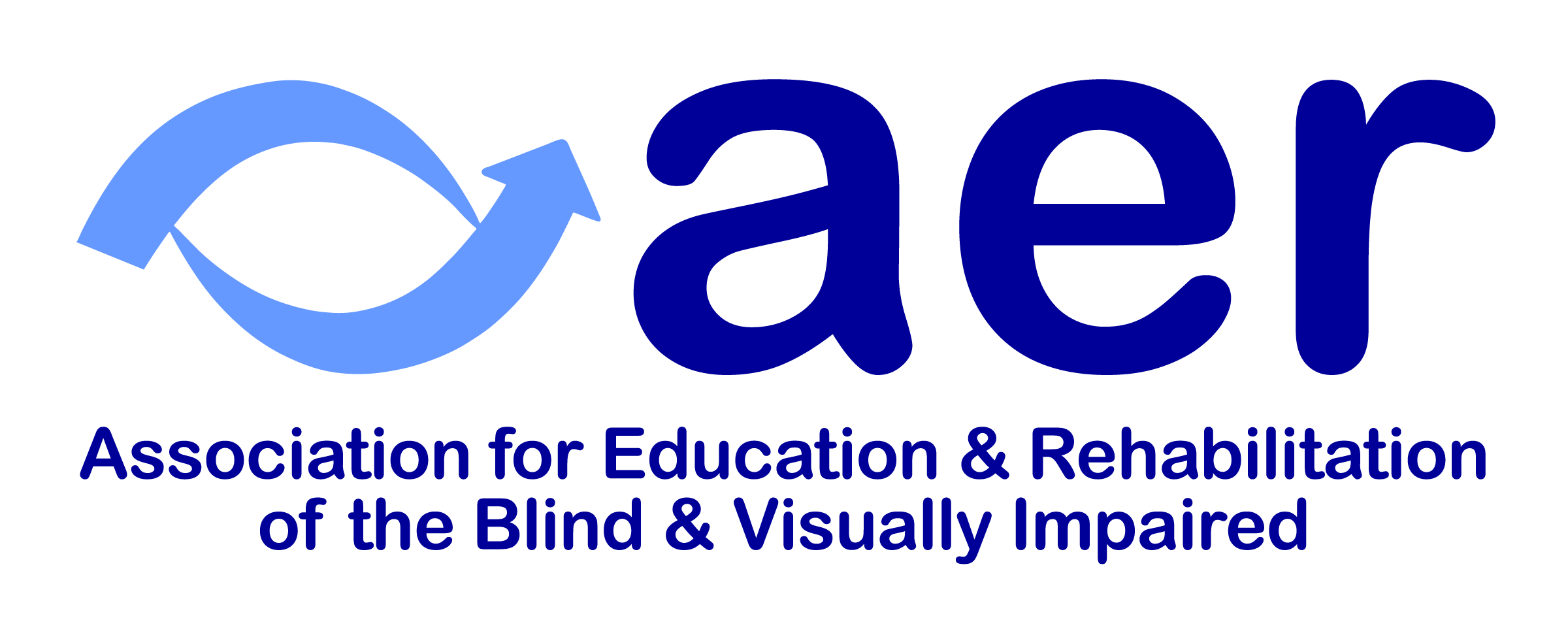Based on Foundations of Orientation and Mobility, Volumes I and II, each session will be presented by contributing authors, offering in-depth insights, instructional strategies, and practical applications that you can use immediately in your work. Register for sessions today!
Volume II, Chapter 18: Teaching Orientation and Mobility to Learners Who Are Blind or Visually Impaired and Have Cognitive Impairments
Presented by: Dr. Grace Ambrose-Zaken, President/CEO Safe Toddles
Congenital or early-onset blindness or visual impairment can adversely affect cognitive development during early childhood in both children with no additional disabilities and those with identified intellectual disabilities.
O&M specialists possess the expertise required to support students with a visual impairment in developing the skills necessary to respond effectively to the continuous tactile feedback provided by a properly positioned white cane, whether it is worn or handheld.
It is essential for adults to ensure that all children with a visual impairment or blindness consistently have access to at least two steps of tactile information during their daily recommended hours of physical activity and when participating in daily activities of living. Consistent protection and information from a reliable white cane arc prevents needless delays and enables children to develop fluency in decoding tactile feedback.
